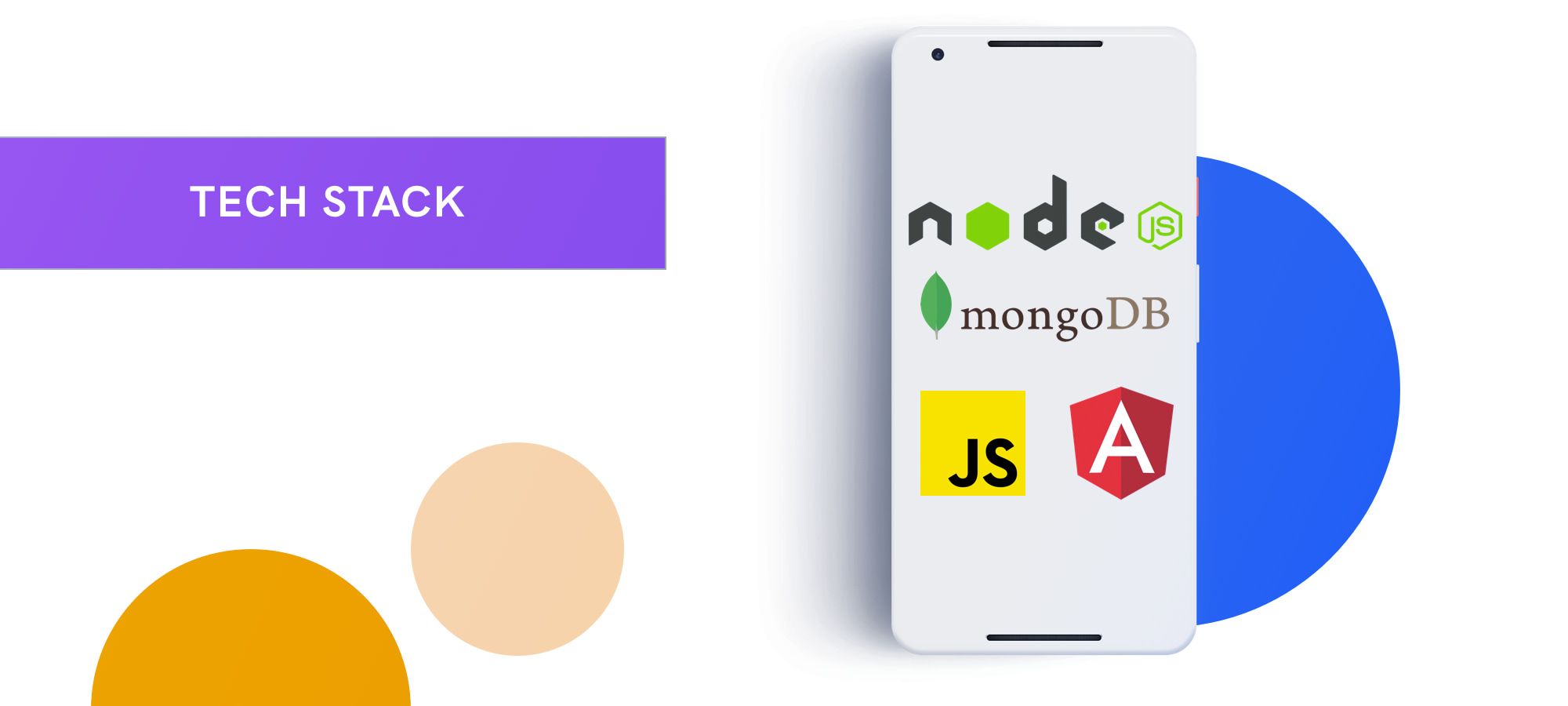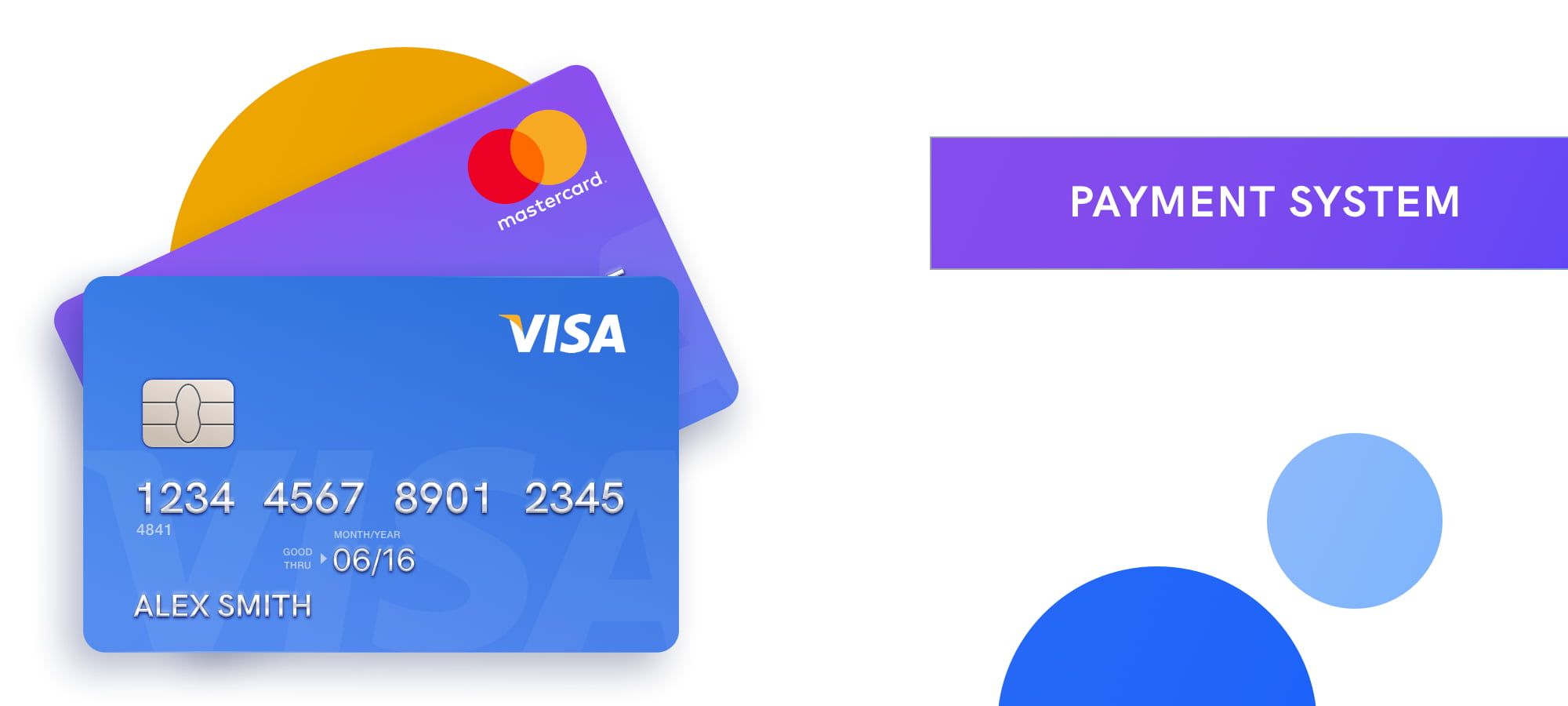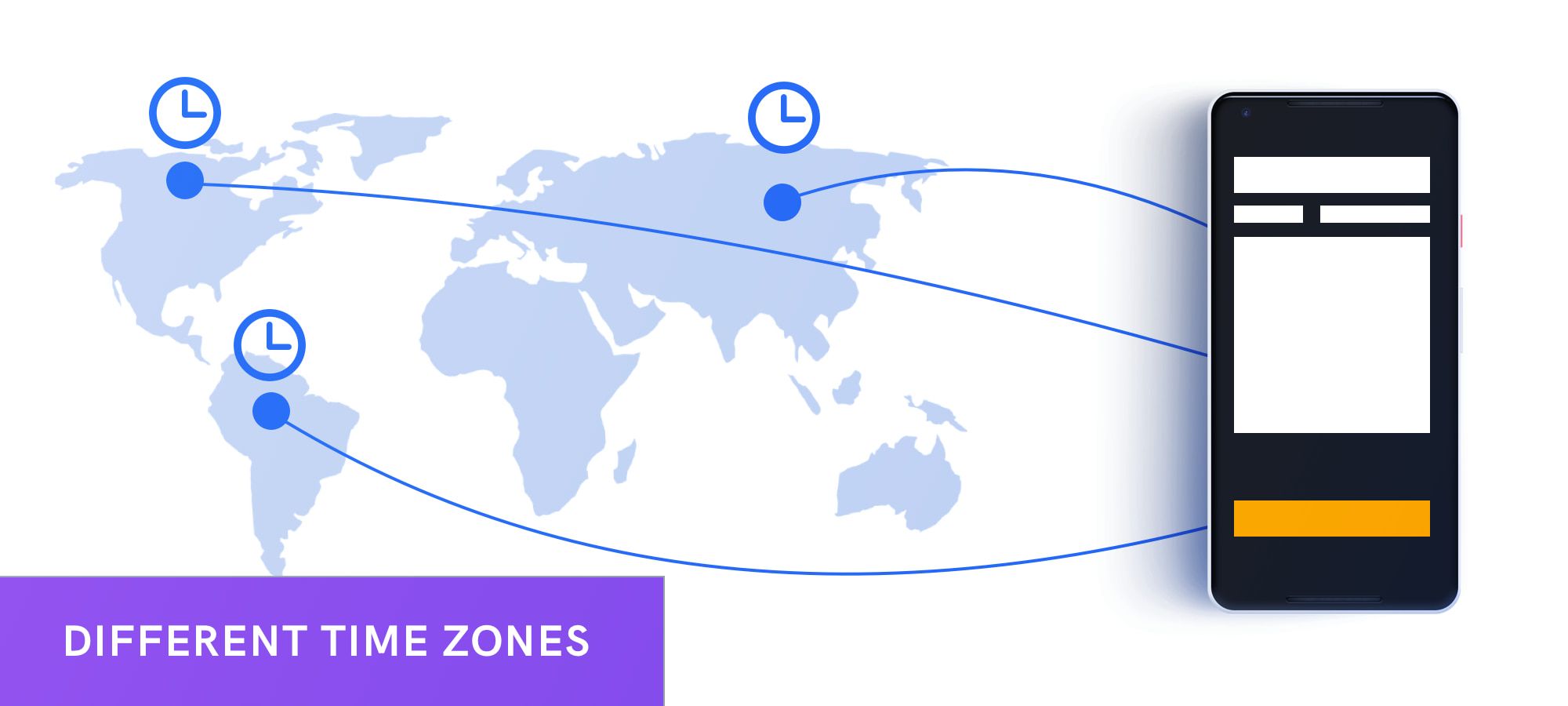Short description of the article
Intro
Important features of the booking system
Development of the online booking system for beauty salons
Conclusion
Intro
Nowadays we are living in the fast paced society, where the time is the most valuable curency. That is why todays' inventions at the technological platform should be easy to use and simulteniously save consumer's time. For example, online booking system became quite popular lately due to the fact, it is very easy to find the necessary service or good and book it by only one click. In case, you would like to incorporate the booking system in your new project, then this articke is for you.
Our team has developed several booking development systems. Therefore, we decided to share our experience in the app development and tell you about the booking system for beauty salons, as an example.
Firstly, let’s sort things out and define what a booking system is.
The booking system is a software that helps the clients to book some services online and to pay for them directly through the app. Usually, the booking systems are provided with such opportunities as date and time choosing, paying for the service. Many online booking apps offer additional options but their choice depends on the purpose of this system.
Important features of the booking system
If you are wondering how to make a booking website, you need to know that the booking systems are created for many purposes: booking the tickets for trains and planes; booking hotels and apartments; booking time or a place in a salon etc. Depending on its main goals the booking system will contain various features. But general features always stay the same.
If you are planning to develop one, consider adding such neсessary features and options to your booking system:
Option to create and customize an account. Sometimes both vendors and users can make an account, sometimes only one part e.g. only vendors have this option.
Necessary features for users: sign-up, sign-in, choosing a service.
Ability to make a real-time booking: opting for time, date, place etc.
Calendar with a timetable so that the users can see free time of vendors.
One or several payment systems.
Ability to upload images for providing the users with a clear picture of what the vendors are offering.
The additional functions vary and depend on the purpose of the certain system. Our team has developed different types of booking systems but in this article we are going to focuse on one particular case and tell you which tech stack it has, which challenges we faced and which solutions we found.
Development of the online booking system for beauty salons

As there is a great demand for booking app development, our team also received several orders in this niche. We worked at different types of booking systems but here we are going to tell you about one precise case.
We had to develop an online booking app and to create a booking website for beauty salons. The task was to make such a system that searched for free places in the beauty salons nearby; the users would opt for a certain time and date; the occupied time should be shown in the timetable of every salon, as well.
Let’s consider the online booking app from different perspectives:
Participants
Tech stack
Payment system
Subscriptions
Different time zones
1. Target Group
If you wonder how to make a booking app, firstly, you should think of the target group of this app. Let me tell you what three participants the booking app consists of.
-
Vendors (beauty salon owners) - can leave their contacts in the portfolios, showcase images of their work in the gallery, make corrections in their timetables. The vendors should pay for the registration on the platform, and they are offered three types of subscriptions: for a month, for 3 months and for a year.
-
Clients - can sign in and using geolocation they can see the next salons in the city and the free time. The clients have an ability to enter the desired time and the service they need in the search box. The clients don’t pay and use this booking system for free.
-
Admin - is able to manage all the data, can view the statistic and the information on the subscription models. Admin can see vendor profiles and has the ability to lock them.
2. Tech stack

Our choice fell on the following technologies as they are suitable for online systems. Let’s explain advantages of the chosen tech stack:
- Back-end:
- Front-end:
For building the back-end we chose Node.js and built the backend with Node’s framework Express. Node.js is well-known for its scalability and ensures the performance and speed of the booking system. A document-oriented database MongoDB was chosen as it is suitable for the document structuring and storing data.
The front-end of the booking system was built with the most commonly used language JavaScript, namely with its framework Angular. Our company prefers using this framework because it’s one of the most powerful JavaScript frameworks which provides us with many out-of-the-box solutions.
Read the article about Angular: What are the Best Practices & Tips When Using One of the Best Modern Frameworks?
3. Payment system

Stripe was chosen as a payment system as it’s an easily integrable solution. Additionally, it provides a flexible IP-address. Besides, we had to integrate the app fee - an application fee for transactions of users.
Stripe offers an easy way of integrating the subscription payments and the app fee, as well.
Additionally, Stripe provides a platform with a ready easy-to-use library for Node.js and a flexible API. Due to this API the app architecture is more simple - it leads to faster development and the easier support. As a result, this solution becomes cheaper for the product owner.
4. Subscriptions
As it was already mentioned above the salon booking system offers three types of subscriptions. They seem to be clear. If the vendor wanted to switch his plan to the other one, by default, the system offered such an algorithm: one paid plan ends and only then the second plan comes into force.
Challenge: Our team faced the challenge at the moment when the product owner wanted to change this plan sequence. As soon as the vendor wanted to change his subscription model he should switch to the new one. For example, if he was using the monthly subscription plan and suddenly wanted to get 3-month-subscription model he would get the new one at once. But what about the money spent on the first model?
Solution: So we had to make such an algorithm that the paid money subtracts from the new plan taking into account the number of past days and the money left is now spent on the new subscription plan. Even if that sounds simple the algorithm wasn’t so easy and our team had to make sufficient changes in the code for implementing this idea. As a result, the new algorithm was implemented and the plan switch proposed by the client is functioning properly.
5. Different time zones

One of our challenges was connected with time zones: the project was developed to be used in many states with different time zones.
Challenge: The system had to showcase the local time zone in the front-end when the client was booking a salon/when the vendor was creating a timetable. The backend time zone had to keep all the data for service orders in UTC time.
Solution: Having analyzed the situation our team decided upon the right architecture solution. It allowed to showcase local time in the frontend, while in the back-end separately UTC time and separately time zone was stored. If the client moved to another country he could see his service orders in the local time zone.
As you can see, some solutions seem very simple if you are a user and see the front-end version only. Such solutions are, however, challenging and time-consuming for the development team. So we have created the ability to monitor various time zones at the front-end and to keep all the data in the UTC time at the backend.
Conclusion
We have implemented the above-mentioned startup and for today, we continue supporting this beauty salon booking system. The good startup idea, as well as a professional implementation of this idea, appears to be the reason for the customer acquisition, engagement, and retention.
As you can see, some features that seem to be simple for users are not always easily implemented by the development team. Additionally, the dev team should always be in touch with the product owner and take care of his interests. We often face challenges in our work but always find creative solutions for them.
As you understand, the theme of booking website/app development is very timely. Creating another booking website you’ll surely face other challenges and you’ll have to pass them. Choose skilled developers for your startup and be sure they will build a high-quality product for you.
Do you have any questions related to the app development? Contact us and we’ll answer you quickly!





